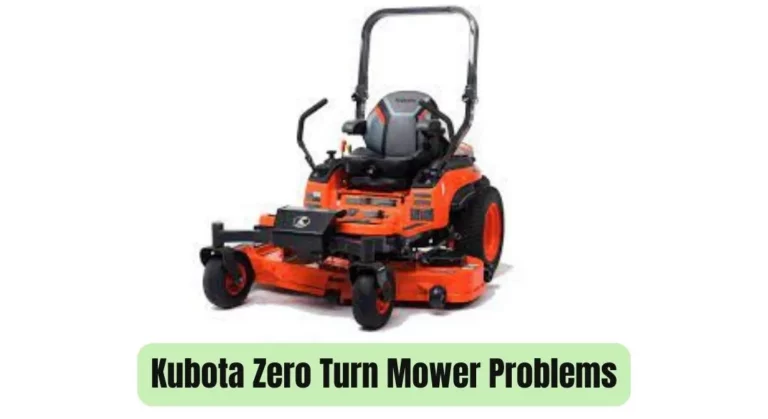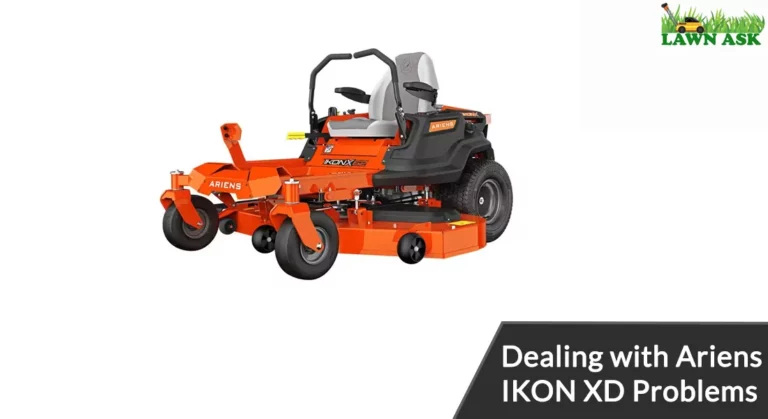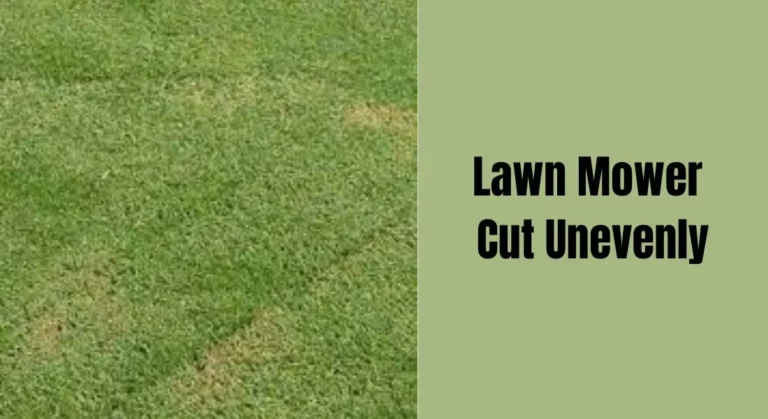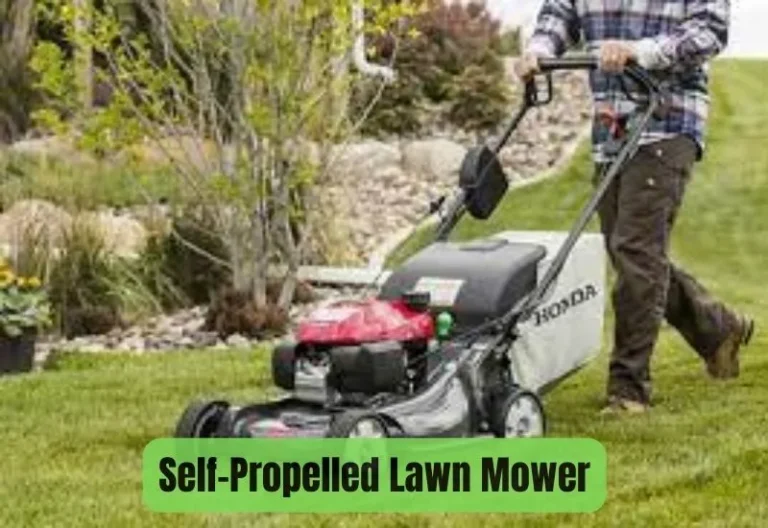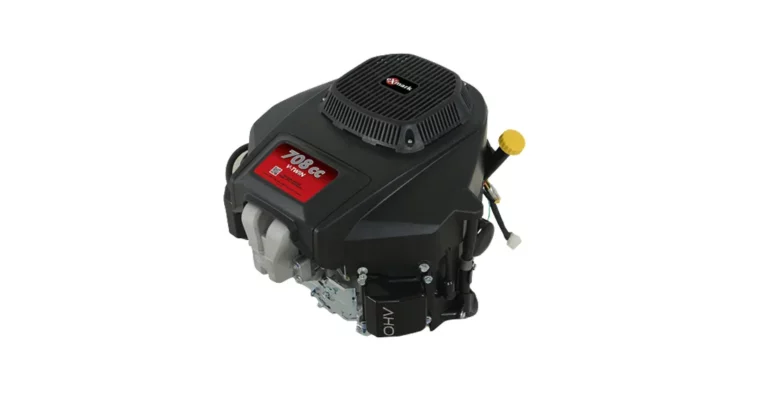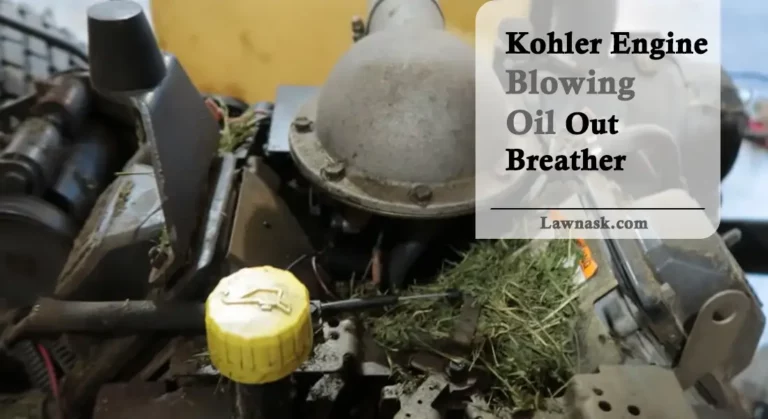Common Toro Zero Turn Mower Problems and Their Fixes
Mowers manufactured by Toro have earned a reputation for their great agility, precision cutting, and time-saving design. However, much like any other kind of machine, they occasionally run into issues.
A few regular Toro Zero Turn Mower Problems might run into are:
- Problem with the Engine
- Belt Issues
- Electrical System Failure
- Maneuverability
- Issues with the Fuel System
- Transmission Difficulties
- Issues with Cutting Quality
Owners of Toro Zero Turn Mowers will benefit from knowing the problems and solutions from this article either beforehand or later.
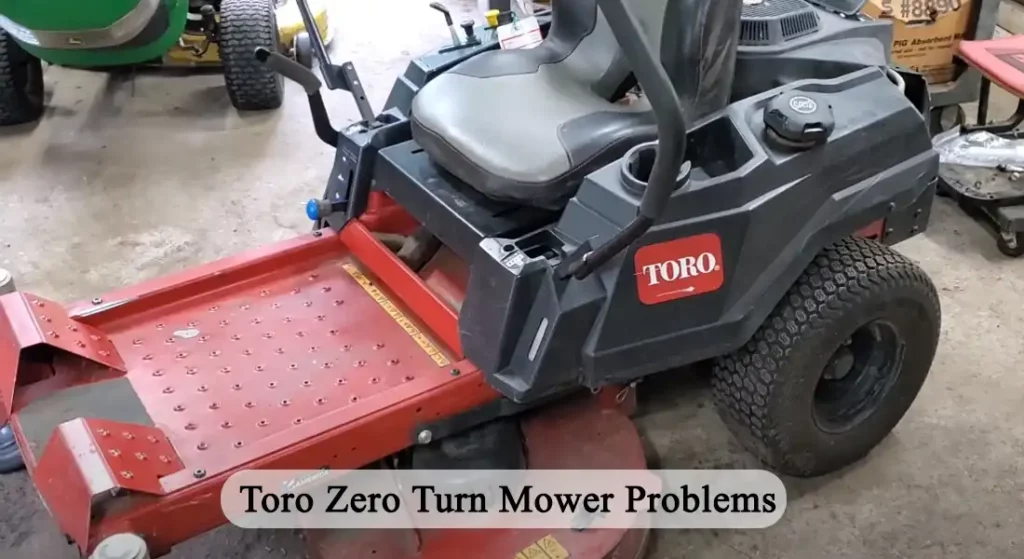
7 Toro Zero Turn Mower Problems and Solutions
Following is an overview of typical troubles with Toro zero-turn lawn mowers:
1. Problem with the Engine
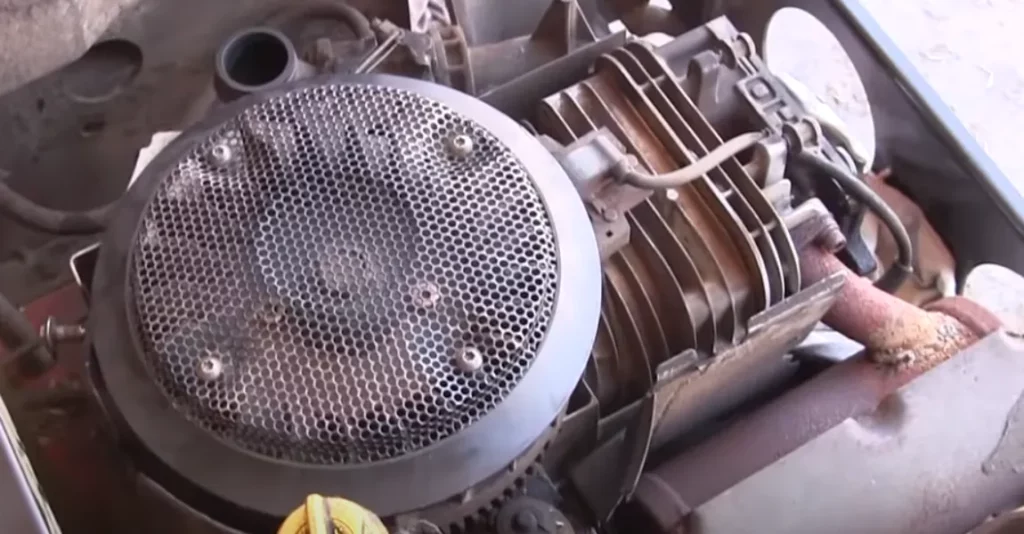
One of the most typical problems is having trouble getting the engine to start. This can be brought on by several things, including a dead battery, a broken ignition switch, a blocked fuel filter, or a bad starter motor.
Additionally, if the cooling system is not functioning properly due to a broken cooling fan, a blocked radiator or air intake, or a defective thermostat, the engine could overheat.
You might also experience oil leaks from the engine as a result of fractured engine parts, loose or damaged oil seals, or worn-out gaskets.
Make sure the battery is completely charged and in good condition to prevent starting problems. Replace the battery if it is weak or dead. Check the starter motor’s functionality by testing it. Repair or replace it as necessary if it’s broken.
Verify that the cooling fan is operating correctly. If it’s broken or spinning slowly, replace it.
Replace the gaskets or seals if they are worn out and the source of the leak. To stop additional leaks, make sure the installation is done properly.
2. Belt Issues
Belt slippage is one of the problems that could happen. This occurs when the belt is unable to retain enough traction on the pulleys, which reduces the amount of power transmitted.
Such a problem occurs because of worn-out or stretched belts, poor tension, or the buildup of debris.
Moreover, belts can deteriorate and possibly break with time. This may happen as a result of things like excessive strain, misalignment, or just becoming older.
Inspect the belt and if it is necessary, replace the belt.
Avoid over-tensioning the belt because this can cause the belt to break too soon.
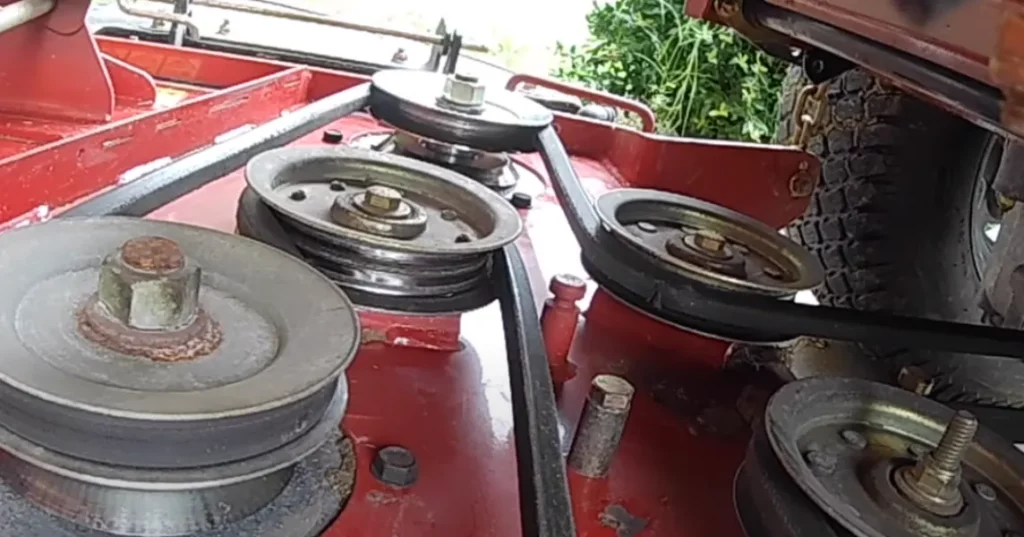
3. Electrical System Failure
One regular problem is a weak or dead battery. The mower may have intermittent electrical issues or fail to start if the battery is drained or not supplying enough power.
Also, electrical failures can occur as a result of wire breakage, deterioration, or loosening over time.
Use a multimeter or voltmeter to check the battery’s charge level. Replace or recharge the battery as necessary if it is low on power or entirely depleted.
Check the connections and wire harness, and if a corroded or damaged wire is discovered, fix or replace it.
4. Maneuverability
One frequent problem that could occur is having trouble smoothly turning or maneuvering the mower. There are several causes for this, including worn-out steering parts, faulty wheel alignment, or loose or damaged linkages.
Check the steering system for any wear indicators, such as damaged steering arms or worn-out bushings. Replace any damaged components to ensure appropriate operation.
The uneven trimming of the grass, sometimes known as scalping, can also affect movement. The mower deck’s improper leveling or adjustment causes this to happen. Thus, level the mower deck.
5. Issues with the Fuel System
Fuel contamination develops when water, dirt, or debris gets into the mower’s fuel tank. This may affect the engine’s performance and lead to problems.
To avoid this issue, drain the fuel tank and get new and clean fuel into the tank. To keep impurities from getting into the engine, it’s also necessary to routinely check and change the fuel filter.
Another common issue is fuel filters getting clogged. Fuel can flow to the engine more slowly if the fuel filter is blocked periodically with dirt or sludge.
To solve this issue, change the fuel filter whenever you notice the clogged symptoms. This helps to avoid stalling or poor performance by maintaining a consistent flow of gasoline to the engine.
Problems might also arise from difficulties with the fuel line, such as damage or faulty connections.
This is why it is important to check the lines for corrosion or leaks. Replace the broken fuel lines and inspect the connections to make sure they are safe and installed correctly.
6. Transmission Difficulties
Low or insufficient transmission fluid is one potential factor in transmission issues.
Identify the transmission fluid dipstick and examine the fluid level to address this. Add the proper brand and quantity of transmission fluid as directed in the mower’s handbook if it falls below the advised level.
Power is transferred through the drive belt, which joins the engine and transmission. This drive belt, however, may eventually become damaged, worn out, or loose.
So, when the drive belt is damaged, it may result in poor power delivery, ineffective gear shifting, and so on.
In such cases, check the drive belt for any of the earlier listed symptoms. Replace the drive belt with a new one suggested by the manufacturer if you discover any damage.
7. Cutting Quality Issue
When the lawn mower cuts unevenly, it leaves uneven lines or patches of grass at various heights. Uneven tire pressure may be a contributing factor here. The leveling of an uneven deck may also be the cause.
Follow the manufacturer’s recommendations to make sure that the tire pressure is uniform across all tires.
To guarantee a consistent cutting height across the whole cutting height, make sure the mower’s deck is level and adjust it as necessary.
Instead of mowing grass smoothly, dull mower blades might tear or shred it, creating an uneven and unappealing lawn.
Keep an eye out for symptoms of wear or dullness on the mower blades. The manufacturer’s guidelines state that the blades should be sharpened or replaced as necessary.
Cost of Toro Zero Turn Mower Problems Repairment
A variety of factors, including the model of the mower, the kind of battery used, and the location, might affect the cost of replacing the different parts in a Toro Zero Turn Mower.
Prices may also differ across various retailers and service providers.
The different replacements of different parts for a Toro Zero Turn Mower can cost anywhere from $50 to $200. But, there is a key point to remember that this is only an estimate and that it may change depending on the aforementioned circumstances.
To get an accurate pricing quote for the repairs in your Toro Zero Turn Mower, get in touch with neighboring retailers, authorized Toro dealerships, or service facilities.
Related Post: Toro Zero Turn Safety Switch Problems and Their Fixes
Toro Zero Turn Mower Problems – FAQs
Can I handle the maintenance and repairs on the Toro Zero Turn Mower by myself?
While certain basic maintenance activities, like replacing the oil or cleaning the air filter, can be performed by the owner. However, more advanced repairs and adjustments may necessitate the assistance of a professional.
If you are uncertain about the repair or are unfamiliar with it, it is preferable to visit a certified expert or an authorized Toro service shop.
What is causing my Toro Zero Turn Mower to make strange noises?
Unusual noises can signal several problems, including a loose or damaged blade, a worn belt, or an engine problem. Inspect these parts and replace or repair them if it is necessary.
How often should I service my Toro Zero Turn Mower?
Your mower must have regular maintenance to remain in good working order. For precise maintenance periods, read the manufacturer’s handbook; but, in general, procedures should be performed once a year or after a predetermined number of operating hours.
Related Posts:

